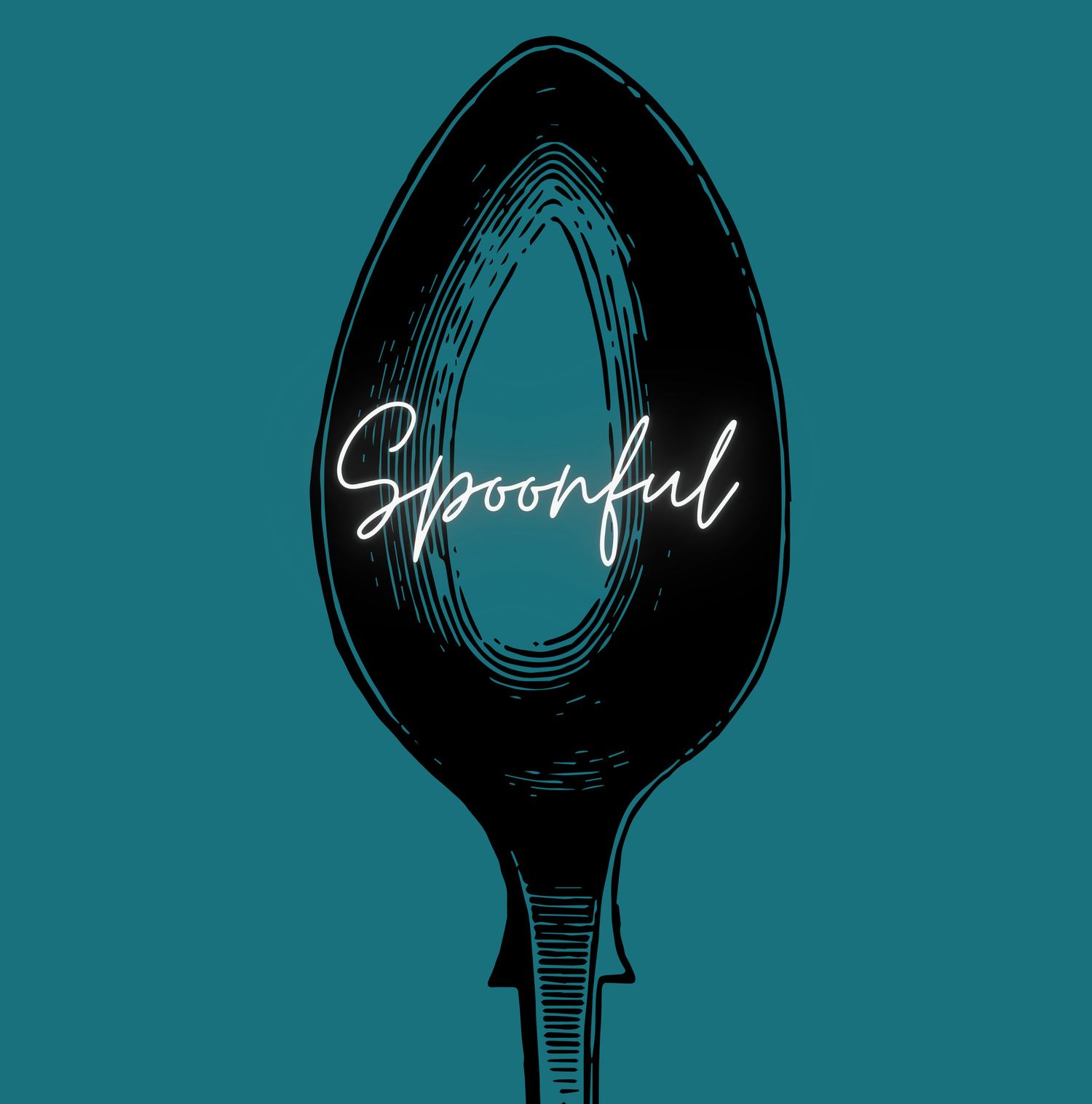PEG tube basics: care & complications
Particularly because of the location, daily care of your stoma (the hole the tube is in) is required to keep it healthy and prevent skin irritation and infections. Much like the first time you use it, it can seem intimidating but it's quite simple!
Remember to always wash your hands before and after doing anything with the site!
Care
Daily
You should keep the area as clean and dry as possible. It's normal to have a little bit of leakage, but it shouldn't be enough to soak through your clothes and should just be a small trace amount. At least once a day, the stoma and the surrounding area should be cleaned thoroughly. This can be done with a wound cleaning spray or a gentle soap with warm water. The skin is very sensitive, so you should avoid heavily scented soaps and skin irritants like hand sanitizer and hydrogen peroxide.
After cleaning and drying the area, place a 4” × 4” gauze pad between the bumper and your skin. You can either cut gauze pads or get “T split gauze pads”T split gauzes”/”drain sponges”. To prevent adhesions, turn the entire tube at least a couple of full rotations (NEVER do this for a PEG-J). If you have skin irritation or abnormal leakage, put a skin barrier cream on before the gauze.
If you don't have any skin irritation, you can help keep the skin moisturized and prevent cracking skin by applying a small amount of coconut oil.
Crip tip: Because the area is prone to being slightly moist, Triad is my preferred barrier cream - it's hydrophilic and will go on moist skin easily!
Complications
If there is anything abnormal, notify your doctor!
The most common complication with a PEG tube is skin irritation. This can range from mild to severe and could be irritation from moisture, friction, bacterial or yeast related. Stomach contents are acidic and can easily cause irritation if left on the skin. Excessive leakage makes you more prone to infections and provides a good environment for yeast to grow. Depending on the severity, your doctor may recommend a topical treatment or even oral or IV treatments. If it's mild skin irritation, you might just require a good barrier cream and to clean the area more often.
A more specific skin issue that may occur around the tube is excessive granulation tissue formation. Granulation tissue is puffy and pink in appearance and may itch or burn. It can bleed very easily and a lot more than expected. Granulation tissue is a normal step in the healing process, but occasionally a wound may develop too much of it that doesn't progress past this stage (hypergranulation). When around a tube, it might contribute to leaking and soreness. This can be treated by your doctor and isn't anything serious - just irritating!
Another common complication is for the tube to be dislodged or come out completely. This often happens when the tube is accidentally pulled out or from a popped internal balloon. If the tube comes completely out, it's important to get a new one placed as soon as possible! You should seek emergency medical attention - ERs often carry PEG tubes and can place one.
If you aren't able to get a replacement tube immediately, they may place a Foley catheter to keep the stoma open. Especially newer, less established channels can close rapidly and need something to keep the channel slightly open. This should only be done under the supervision of medical professionals!
Other complications are rarer, but include: buried bumper syndrome, obstruction, abnormal bleeding, ulcers, and others. However, most complications are relatively mild and are listed above.
Again, tell your doctor about any and all issues with your PEG tube and the site - even if it's mild! Seek emergency medical attention for serious issues!
Clogged Tube
Due to the buildup of residue, clogged tubes are very likely to happen. There are a few ways to unclog a tube and a couple might surprise you!
The following solutions may be used to unclog a tube:
A solution of warm water and digestive enzymes
Warm or room temperature coffee
Room temperature cola, like Coke or Pepsi
To unclog a tube with one of these solutions:
Administer 60mL of the solution as you would formula or medication
Close the adapter port while the solution is still in the tube
Wait 15 minutes
Flush with 30mL of water
Repeat if necessary
This will break down the residue in the tube. If you're unable to administer anything in the tube, you should seek emergency medical attention! This method works for tubes that are partially clogged, but still allow some fluid in.
Crip tip: do this once every 6 months (if you use the tube for medications and water only) or every 1-2 months (if you use feeding formula) to prevent clogs!





